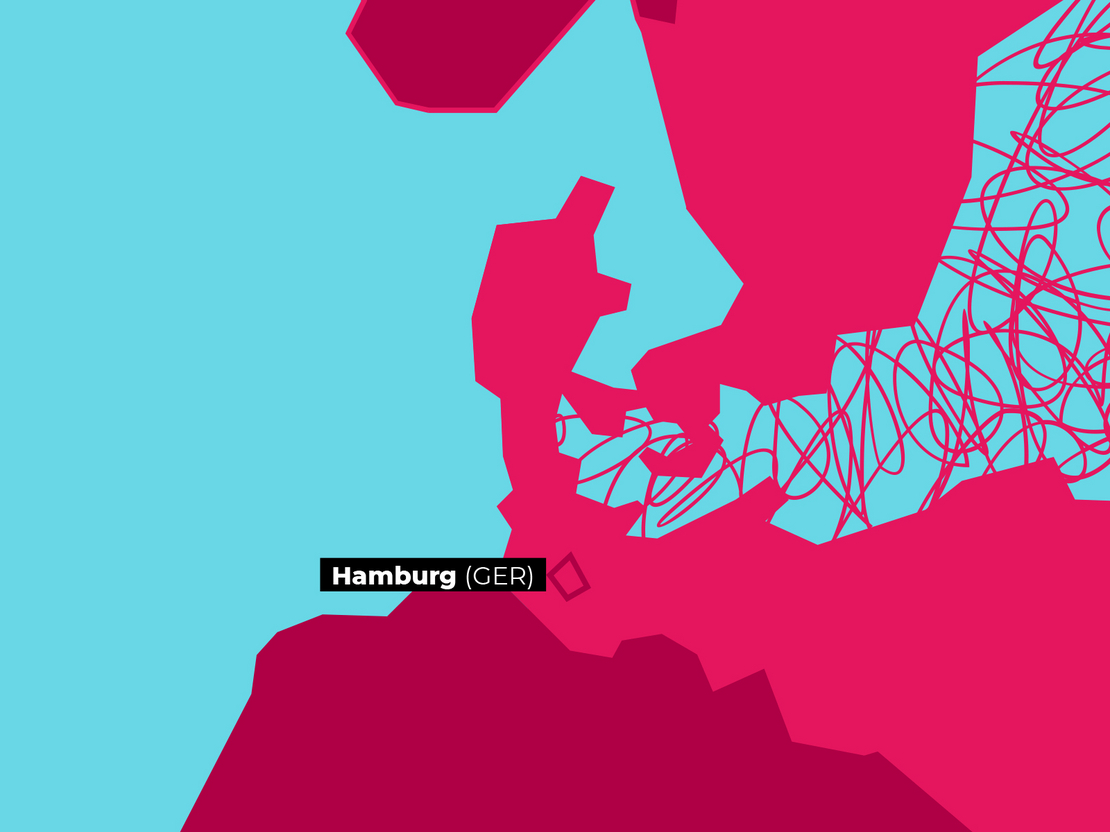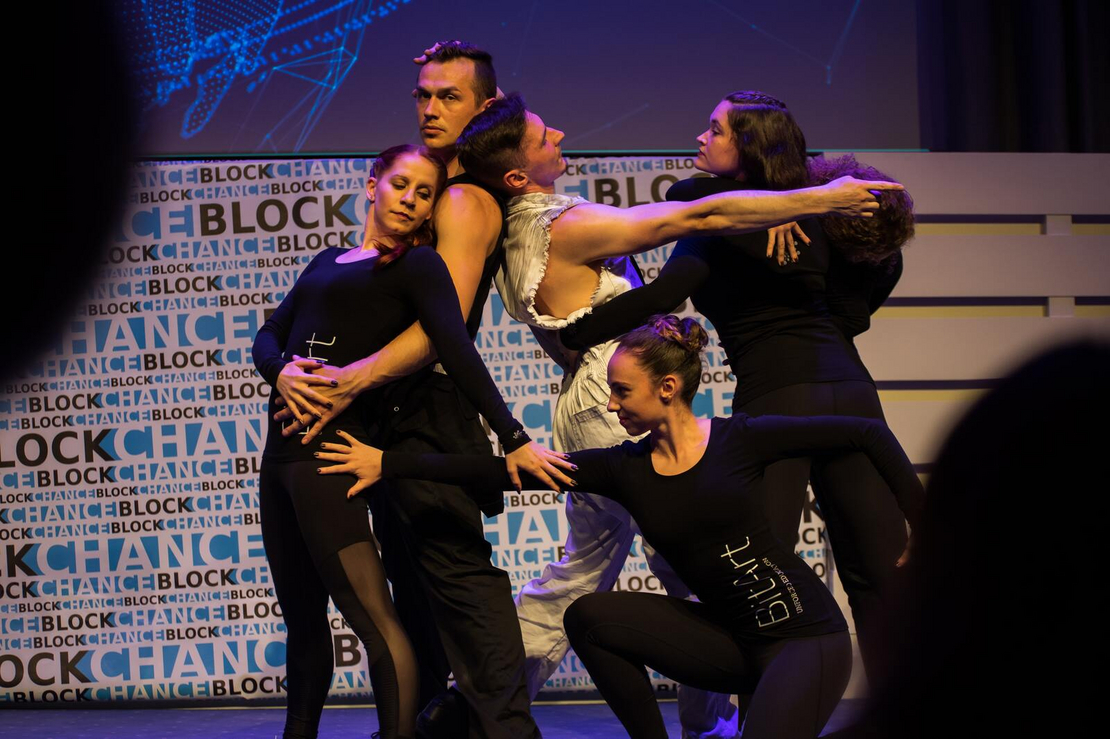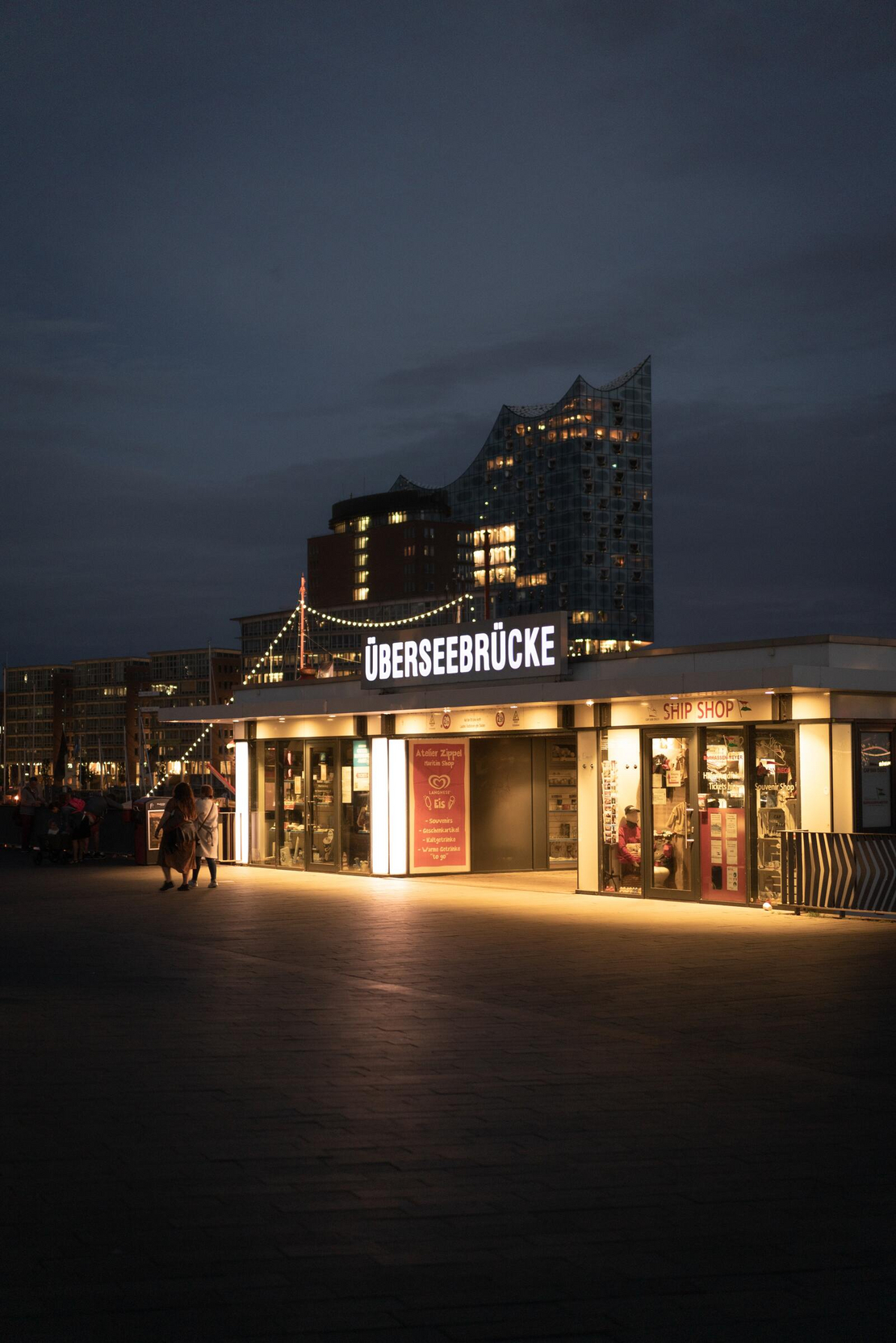Hamburg Region, Germany
| NUTS code | DE6 |
|---|---|
| Population | 1.82 Million |
| Area in km² | 755.22 km² |
| GDP/inhabitant (year) | 49.332€ (2016) |
| GDP growth rate (year) | 2.4% (2016) |
| Unemployment rate (year) | 6.1% (2016) |
| Cohesion Policy category | More developed region |
Number of CCI support organizations: 4
Global creativity index – GCI, country level: 0.837 (2015)
Regional Entrepreneurship Development Index – REDI: 69.5 (2017)
1. Introduction
The Hamburg Region is a metropolitan area centred around the city of Hamburg in northern Germany, consisting of eight districts (Landkreise) in the federal state of Lower Saxony, six districts (Kreise) in the state of Schleswig-Holstein and two districts in the state of Mecklenburg-Vorpommern along with the city-state of Hamburg itself. It covers an area of roughly 26,000 square kilometres (10,000 sq mi) and is home to more than 5.1 million inhabitants.
In 2009, the Conference of Economics Ministers (WMK) defined the concept of the cultural and creative industries as follows:
“The cultural and creative industries include those cultural and creative enterprises which are predominantly commercially orientated and are concerned with the creation, production, distribution and/or media distribution of cultural/creative goods and services. The unifying core of any cultural and creative-economic activity is the creative act of artistic, literary, cultural, musical, architectural or creative content, works, products, productions or services. This includes all creative acts, no matter whether in the form of an analogue unique piece, live performance and/or serial or digital production or service. Creative acts may be protected by copyright (patent, copyright, trademark and designer rights) in a comprehensive sense".
This German definition is compatible to both the European core definition of the EU Commission (LEG Task Force Cultural Employment) and the worldwide reference model, the concept of British creative industries.
2. General information about Hamburg Region
From 2009 to 2013, the labour force grew by 10.2 %, stronger than in Hamburg’s entire industry (+7.9 %). Book market, software/games industry, architecture sector, broadcasting industry and design industry recorded above-average growth in labour force, whereas art and the press sector significantly reduced the number of labour force.
Turnover in Hamburg’s creative industries grew by 4.1 % from 2010 to 2013. The driving force behind this growth is the software/games industry, followed by the architecture sector. A decline in turnover could be found in the press market as well as book and art market.
The gross value added in Hamburg’s creative industries experienced a downward trend between 2010 and 2013, falling by 3.5 %. Significant increases were recorded for this period in the architecture sector, design industry, advertising market, broadcasting industry and software/games industry. Declining gross value added could be found on the market for the performing arts, the book market, the music industry, the film industry, the art and the press market.
Hamburg is also a city known for its media, theatre, musicals and music. The oldest of German news broadcasting – Tagesschau – comes from Hamburg, HafenCity will remain the greatest European contemporary architecture project for the next decade. As a centre of music, Hamburg which is influenced both by the traditional yet at the same time by the active club and off-beat culture as well as haute couture, has gained a concert hall of international significance with the ability to attract audiences thanks to the Elbe Philharmonic Hall. The theatre scene in Hamburg is also unique: two large, nationally renowned public straight theatres, numerous ambitious private theatres, a variety of off- and off-off-stages and a well networked and successful independent scene.
3. Economy
Economic importance of the CCI in the region
Software / Games industry is the largest employer in the core area. Most jobs in the core area of the creative industries were in the software / games industry, in the advertising market, in the design industry and in the press market. The software / games industry was the largest employer in 2015, with 30.1% of all social insurance employees in the creative industries. In addition, there were 12.8% of all self-employed / companies in the core area of creative industries in the region.
The software / games industry's share of all core sales was 12.8%, the share of value added at 12.6%. However, the software / games industry in the region was of relatively less importance within the creative industries, especially with regard to employment subject to social security contributions and sales as in the whole of Germany.
There is a strong advertising market in the region. More than 30% of the self-employed / core businesses work in the design industry. 31.6% of all self-employed / core companies accounted for this submarket. The design industry accounted for 13.1% of the employment subject to social security contributions. The design industry's share of all core sales was 21.3% in 2015, while the share of value added was 13.9%.
Press market as the strongest selling submarket in the area. The highest-revenue sub-market was the core of the press market with a share of 32.9% of all sales. This submarket also had the highest share of value added with 38.7%. Both values were well above the Germany-wide average in the region. In terms of employment subject to social security contributions in the creative industries, the region's press market had a share of 17.2%. 15% of all self-employed / companies In the core area, this sub-market was assigned.
4. Regional business eco-system
Cross Innovation Hub, co-financed by the ERDF Fund; The Cross Innovation Hub fosters cross innovation with the creative industries. The idea is to invent and organize projects that bring together companies from the CCI sector together with companies from other industries to foster innovation.
Music WorX Accelerator; financed from the ministry for culture and media; promotes innovative ideas from the music sector. Up to 4 teams per year are supported through a 12 weeks programme with money, coaching, workshops and networking possibilities.
The region has the following support organizations:
| CCI Support Organization | Types of Support | Important CCI projects, programs, partnerships |
|---|---|---|
Hamburg Kreativ Gesellschaft | Fostering CI as a whole industry, Mentoring, Coaching, Access to finance and premises, Cross Innovation Projects, Crowdfunding, Accelerators. | EFRE, Cross Innovation HUB, Music WorX Accelerator |
NextMedia.hamburg | Fostering the media part of the creative industries, mentoring, conferences, incubators, access to finance and premises.. | |
gamecity:Hamburg | Mentoring, events, access to finance and premises. | |
DesignXport | Space for exhibitions, mentoring, access to finance. |
5. CCI in the region - Overview of the role of CCI sector in regional business
The sub-markets software/games industry, the advertising market, press market and design industry make up disproportionately large shares of Hamburg’s creative industries.
These four sub-markets counted between 12.000 and almost 17.000 in the labour force thus comprising more than half of the workforce in Hamburg’s creative industries. Growth in the number of employees was particularly high in the software/games industry between 2009 and 2013, reaching almost 40 %. A decline of almost 10 % was observed on the press market in the same period.
The software/games industry showed strong growth not only in workforce numbers but also in turnover (a surplus of 60 %) and the number of companies (a surplus of 33.5%). The press market had to cope with downturns in all three fields. However, as the press market accounts for over one-third of all of Hamburg’s creative industries both in terms of turnover and gross value added, this decline was disproportionately high, affecting the overall development of Hamburg’s creative industries and could not be offset by strong growth in the software/games industry.
The leader in turnover in 2013, was the press market, contributing EUR 3.9 billion or 31.8 % to the total revenue of Hamburg’s creative industries, followed by the advertising market (EUR 2.4 billion, 19.6 %), the design industry (EUR 1.4 billion, 11.3 %) and the film industry (EUR 1.4 billion, 11.1 %). The software/games industry landed in fifth place with EUR 1.1 billion (8.8 %). These five sub-markets accounted for more than 80 % of revenue in Hamburg’s creative industries.
CCI support and development system
In Hamburg there are about 11 Coworking Spaces, public supporting agencies like the Kreativ Gesellschaft, nextMedia.hamburg, gamecity:Hamburg and DesignXport, funding programmes like the IFB Innofounder programme that supports Strat-ups from nearly every industry, also the creative industries. They have a platform where CCI Companies can find possibilities to get access to finance, a lot of offers for startups where some of them also are relevant for the CCI sector and. Beside the Music WorX Accelerator there is also the next media Accelerator for Start-ups from all subsectors of creative industries that are media related. There are different incubator programmes: the incubator from nextmedia.Hamburg for media related start-ups, Media Lift, another incubator that supports innovative business ideas from the areas of content and technology and Greenhouse Innovation Lab, an Incubator from Gruner + Jahr (publishing house) that supports internal and external founders in implementing their business ideas.
There are some Festivals and faires where CCI Companies get the chance to get support for internationalization (financial support for the South by Southwest in Austin, Texas, the Reeperbahnfestival in Hamburg, an international roadshow for CCI companies organised from visit Berlin and Hamburg Marketing.
6. Knowledge base and skills
Education and training programs are available for CCI companies and entrepreneurs. They are provided by the Hamburg Kreativ Gesellschaft. The program contains: Regular Question & Answer sessions, Consultations and longer Coachings as well as workshops.
Education and training programs at universities: Hamburg Kreativ Gesellschaft has different offers for students and graduates:
Orientation and Further Training - Each week a one-hour lecture is held on different aspects of self-employment at Butter bei die Fische.
Establishing Contacts in the Industry - In groups of up to 20 participants, we make short visits to media houses, agencies, theatres, game developers and organisers and talk to their managing directors, employees or HR managers about everyday professional life, requirements for applicants and application opportunities.
Portfolio Advice - Portfolios are reviewed together with experts in the mostly 30-minute one-on-one discussion sessions and constructive feedback is offered.
Summer Academy - every year in cooperation with the Career Center of the University of Hamburg, we are organising a two week long interdisciplinary summer school on changing topics (VR/ Healthcare, Blockchain in the cultural sector/ recruiting through gamification).
Education and training programs at other institutions: CLEVER (Creative Leadership & Entrepreneurship – Visionary Education Roadmap) – the project researching CCI activities in Israel and Estonia; NORDIC BUZZ – design enterprises preparation and participation in Nordic design fairs.
7. Regional CCI development outlook
Digitization of products and services was and is naturally the biggest challenge for all players and all sub-markets of Hamburg’s creative industries. A closer look revealed a mixed picture. Not all sub-markets are simultaneously affected by the challenges which, depending on their scope and areas in which they have an impact, are or will be very differently pronounced in many sub-markets. All sub-markets in Hamburg are currently working on actively overcoming these challenges and developing strategies and tools to successfully operate in the creative industries in Hamburg Region even into the future.
Something we are already working on is the perception and recognition as an innovative and needed industry for the wider economy - but there still is a lot of work to do. Other Needs are: CCI and education - Improving the offer of schools and universities for future entrepreneurs, Research and science for the CCI, promotion of and fostering the small scaled structures of the CCI, access to new markets, new and central premises that are accessible for CCI companies in the long term and more support for the start-ups of th CCI sector.
Disruptive business models do not play a particularly significant role in the everyday life of Hamburg-based creatives who were surveyed for this report, however. The impetus for the new content that they create for their own activities as well as for their customers, clearly comes from the players’ social environment and observing the market. By contrast, the respondents ranked the importance of new technologies and digital communication and organisation systems as a catalyst for their innovative activities not as high. The potential of institutions of higher education and other research institutions as a lever for innovation is still seen as being too low. That funding and support structures are insufficiently applicable to the concepts and processes common in the creative industries was particularly viewed as a hindrance to innovation.
Digitization of CCI products and services was and is naturally the biggest challenge for all players and all sub-markets of Hamburg’s creative industries. Not all sub-markets are simultaneously affected by the challenges which, depending on their scope and areas in which they have an impact, are or will be very differently pronounced in many sub-markets. All sub-markets in Hamburg are currently working on actively overcoming these challenges and developing strategies and tools to successfully operate in the creative industries in Hamburg even into the future.
References
- Kreativwirtschaftsbericht für Hamburg (Data -Report on the cultural - and creative industries in Hamburg, published by the Hamburg Kreativ Gesellschaft): https://kreativgesellschaft.org/kreativwirtschaft/kreativwirtschaftsbericht-fur-hamburg/
- Data-Report for the metropolitan region of Hamburg, published by the ministry of culture and media: https://metropolregion.hamburg.de/kultur-kreativwirtschaft/12139976/kultur-kreativwirtschaft/
- Global Creativity Index: http://chartsbin.com/view/41109
- The Regional Entrepreneurship and Development Index: Structure, Data, Methodology and Policy Applications / László Szerb, Zsófia Vörös, Éva Komlósi, Zoltan J. Acs, Balázs Páger, Gábor Rapp.: http://www.projectfires.eu/wp-content/uploads/2017/07/FINAL-D4.4-Template-Report-Pan-European-database_V4.4.pdf






